The Brooke Swan Car: Is This The Craziest Car Ever?
Images: Louwman Museum & Gautam Sen
It must have been a midsummer night’s nightmare that triggered the imagination of Robert Nicholl ‘Scotty’ Matthewson. A wealthy and eccentric resident of Calcutta, Matthewson travelled to England in 1909, to commission JW Brooke & Company of Lowestoft, Suffolk, to build him a car in the shape of a swan. Yes, a swan.
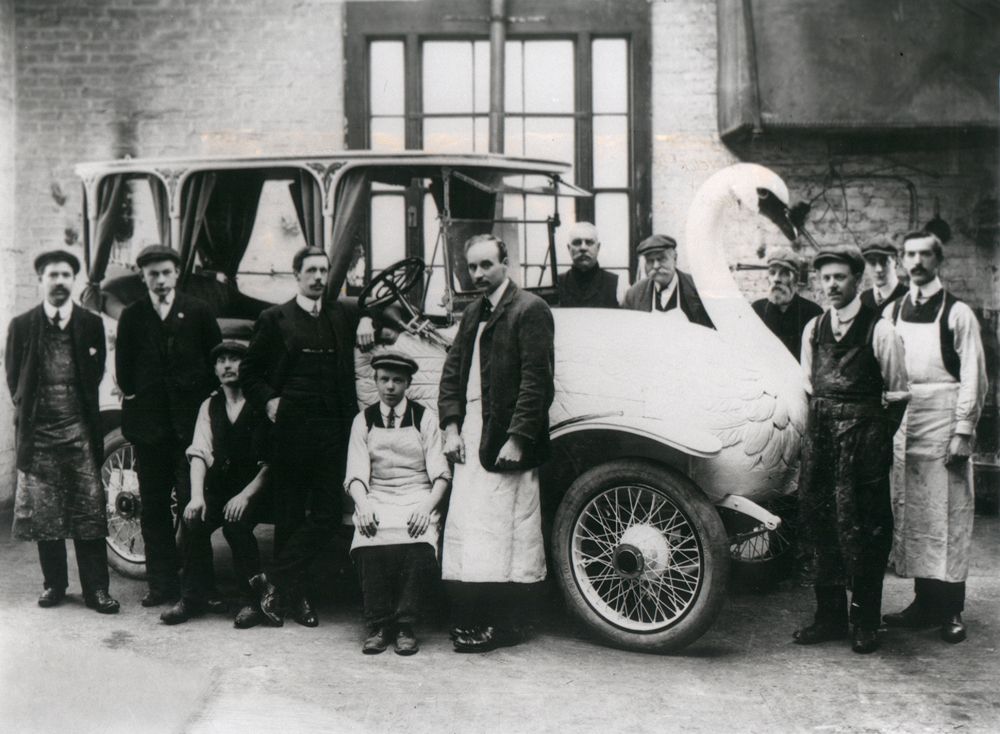
If you thought that some of the rajas and the maharajas were nuts, this Scotsman was several steps ahead.
Why a swan? We have no idea, but the fact that Mathewson may have had a thing or two about swans could have been because he lived in Swan Park, in the chic district of Alipore, next to the Calcutta Zoo, which has always had one of the biggest collections of birds, especially swans…
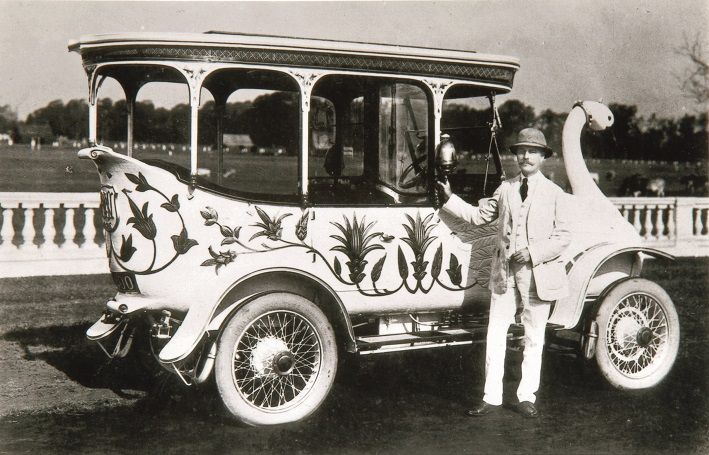
Whatever be the provocation, Matthewson headed to England to get his dream car. And to meet up with the guys at JW Brooke & Company, who were better known for their marine engines and motor launches, a business that they had embarked upon in 1874.
By 1900, they were making engines for cars too, and in 1902 they designed a triple-cylinder-engine car with drive by chain-drive. They were also one of the earliest to develop an inline six-cylinder engine, which was first installed in a motor launch in 1903. From 1906 Brooke decided to rationalise and made just the six-cylinder engine for both marine use and for their cars, the car unit being a 25/30hp unit.
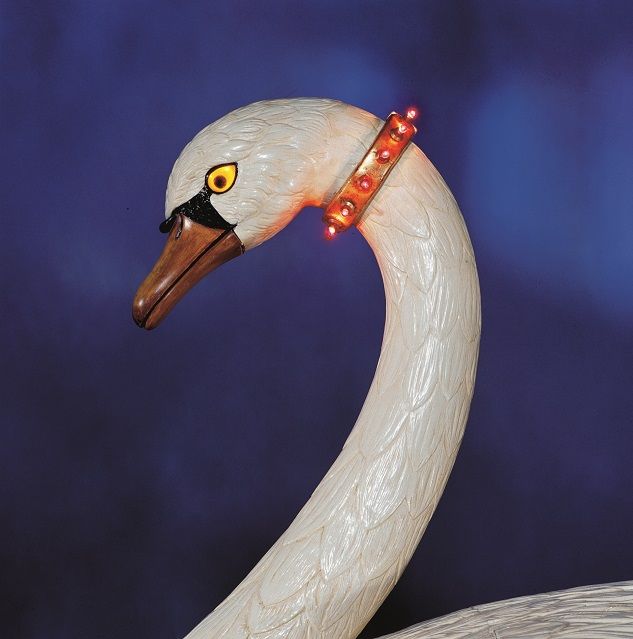
The Swan Car that Brooke hand-built was made from thick wood, with the body hand-carved and patched with plaster by master craftsmen to create the effect of feathers. The front—above and ahead of the engine and radiator—became the neck and head of the swan, and electric bulbs (one of the early uses of electricals in a car) made the swan's amber eyes glow eerily in the dark. The rear half of the car was decorated with a carved pattern of lotus plants and fishes picked out in gold and silver leaf.
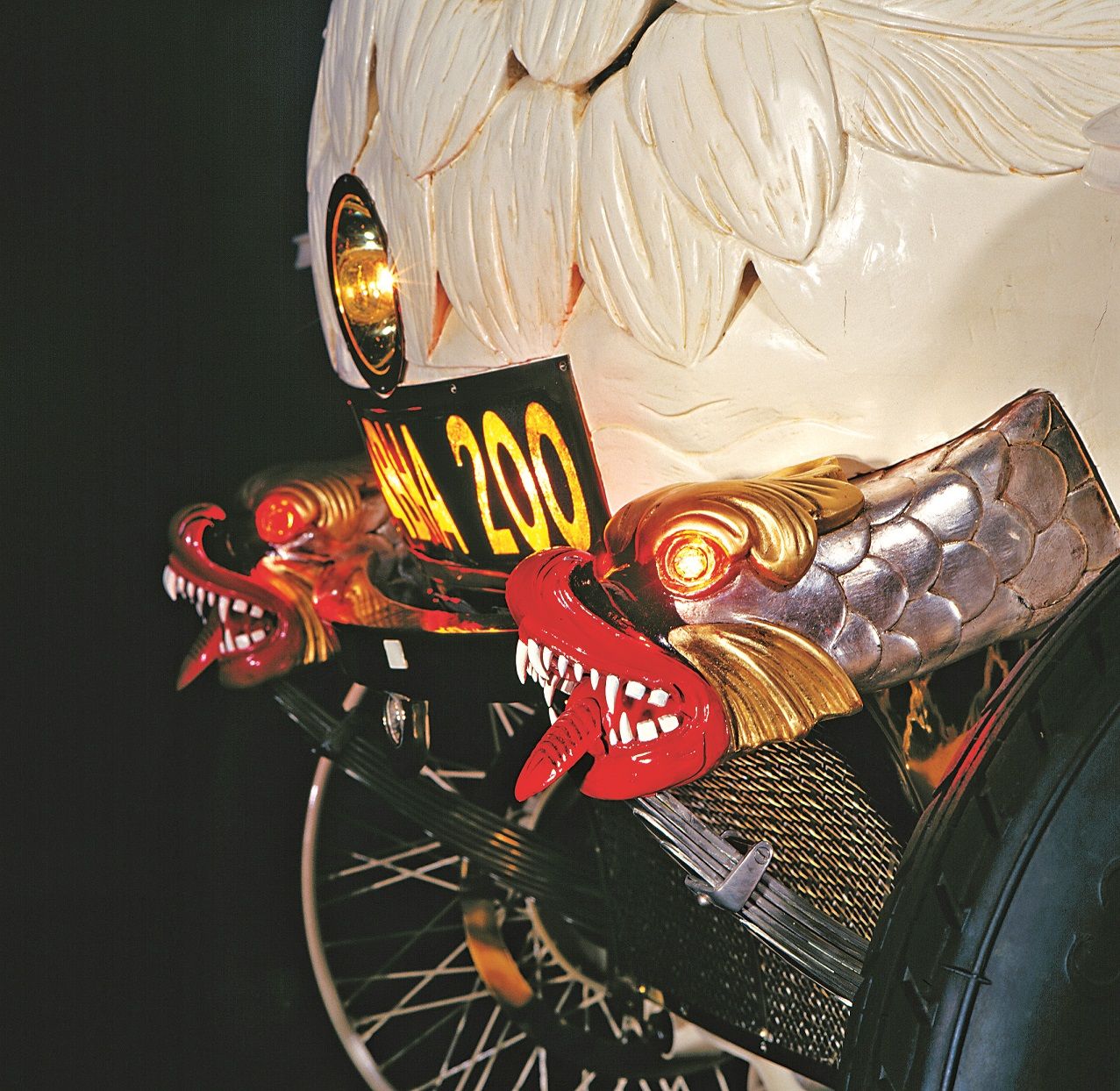
Special features of the car included a multi-note Gabriel Horn—a sort of pipe organ driven from the exhaust—that, with a keyboard in the rear of the car, allowed Mathewson to play chords and make bugle calls. The swan's beak, on the press of a button, sprayed scalding water (fed by the pressurized engine cooling system) in a wide arc to clear the way. The idea was not just to frighten away people, but to scandalize: the ultimate device on the Swan Car was a dump valve that dropped splats of whitewash onto the road from the Swan's rear end ‘just to make it more lifelike’.
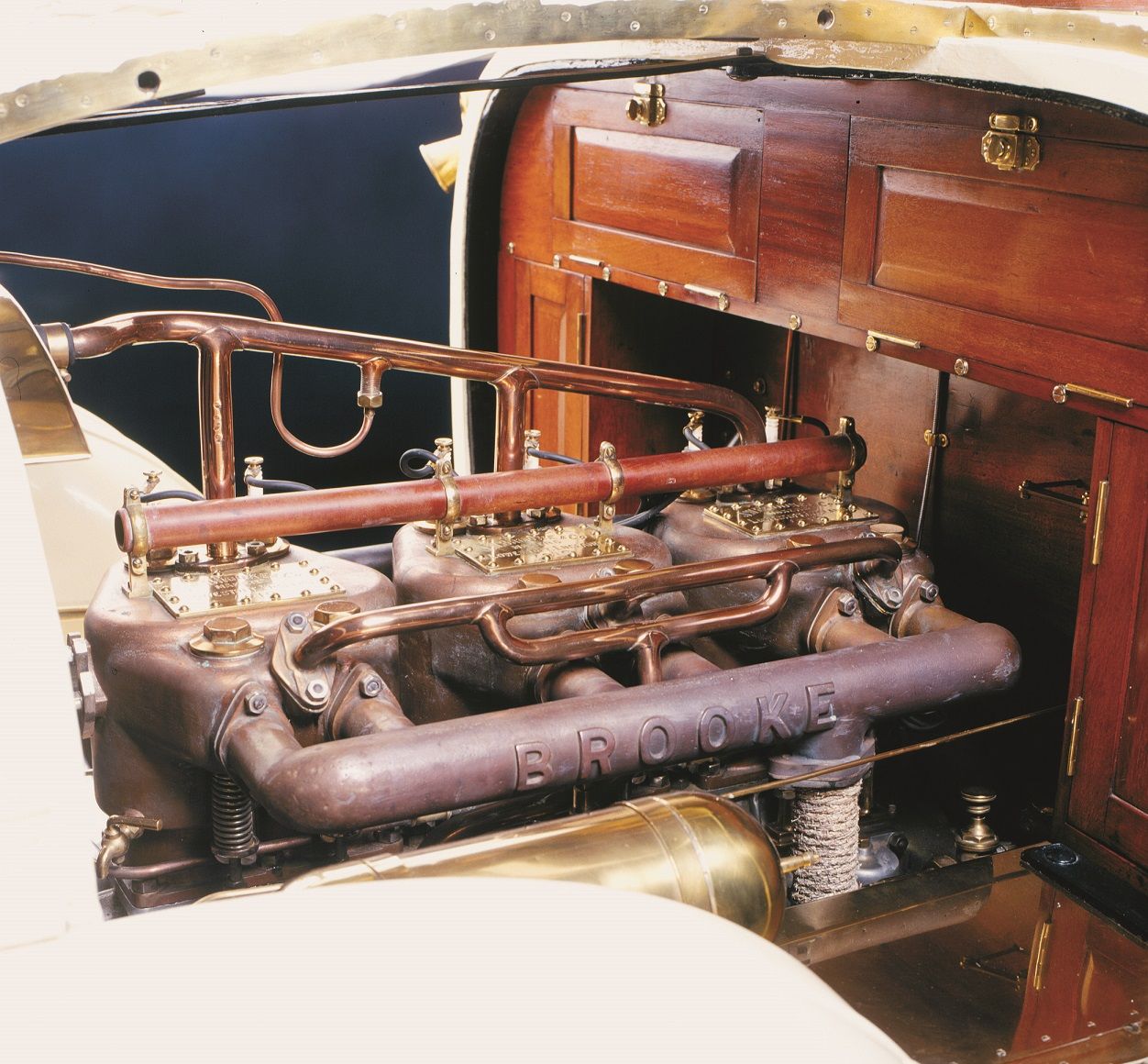
The Brooke Swan Car arrived in Calcutta by 1910. Mathewson began using the car. “Women screamed. Carriages went careering off the road. Water buffalo, oxen, goats, donkeys, elephants, camels, and natives, after one glance, took off at top speed in every direction,” ran a report in a newspaper of Calcutta sometime in the April of 1910, describing the effect that the Swan Car had on the people of the city.
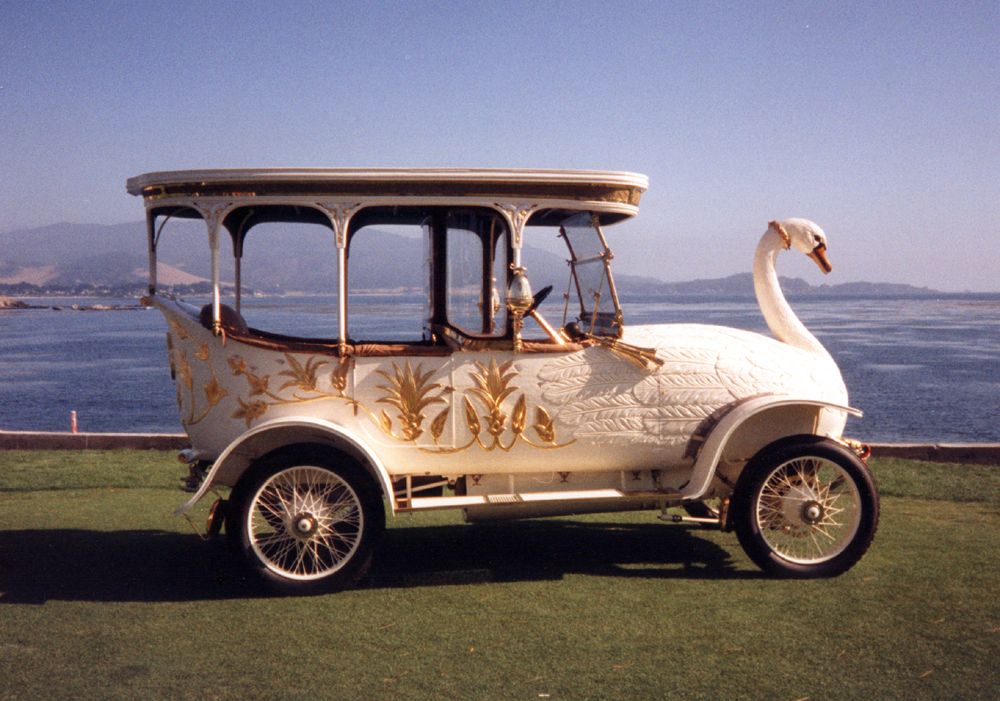
Even if the people of Calcutta (at that time not just the capital of British India, but the second city of the British Empire) were used to the automobile—the first car having arrived before the end of the 19th century, the very first reliability trials having taken place in 1903 and the streets already clogged with tramcars, horse carriages and the automobile—it still did not prepare them for what may truly be the most extraordinary car ever to take to the road.
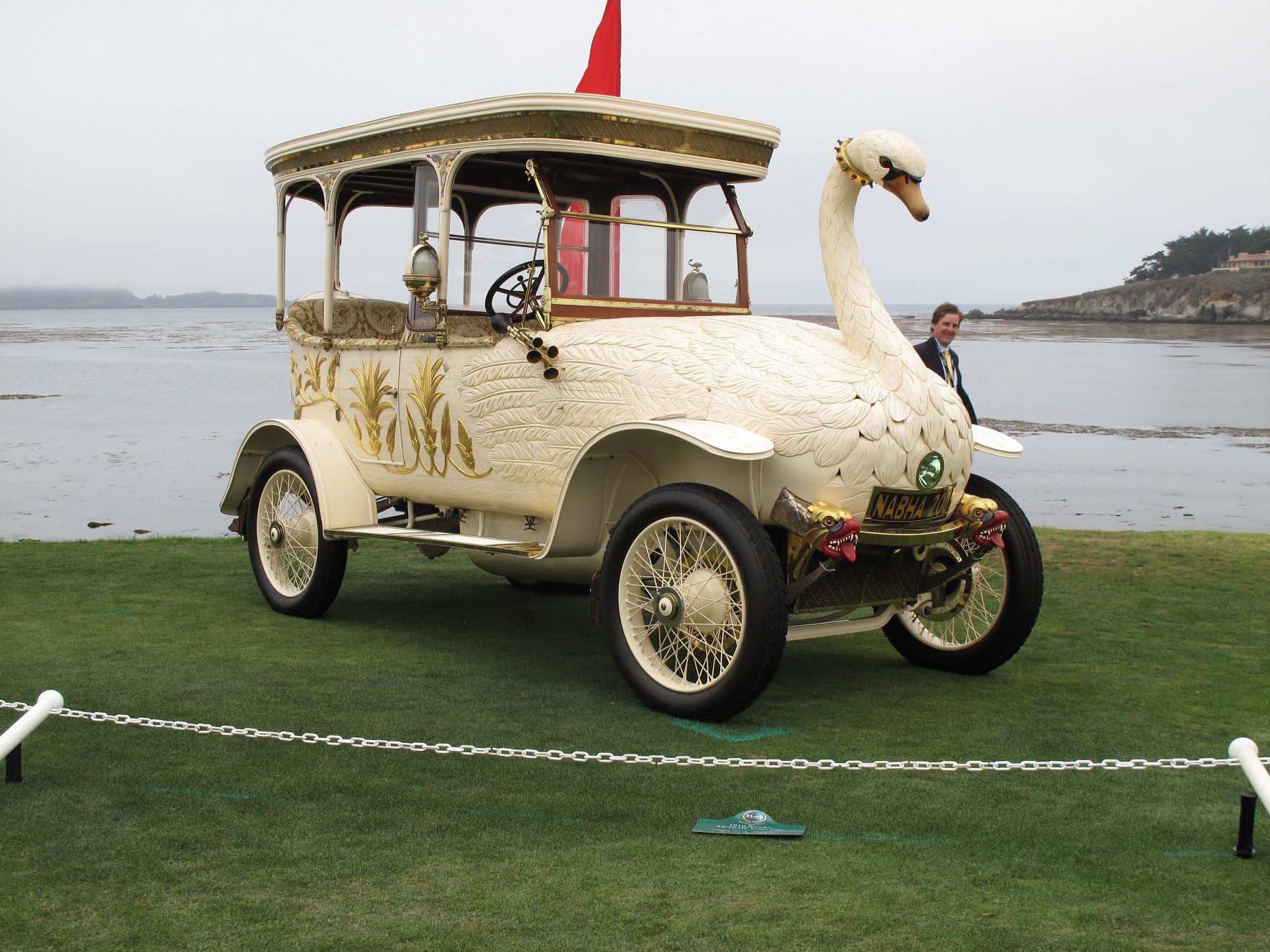
The who’s who of Calcutta though weren’t amused. The authorities got into the act, the police intervened, and the Swan Car was banned from the city’s roads.
Mathewson, who had spent a considerable sum of £10–15,000, decided to sell his pride, which was bought by the Maharaja of Nabha, Ripudaman Singh. The Maharajah of Nabha was a feisty personality, who liked the rare and unusual, and the Swan Car was crazy enough to tickle his interest.
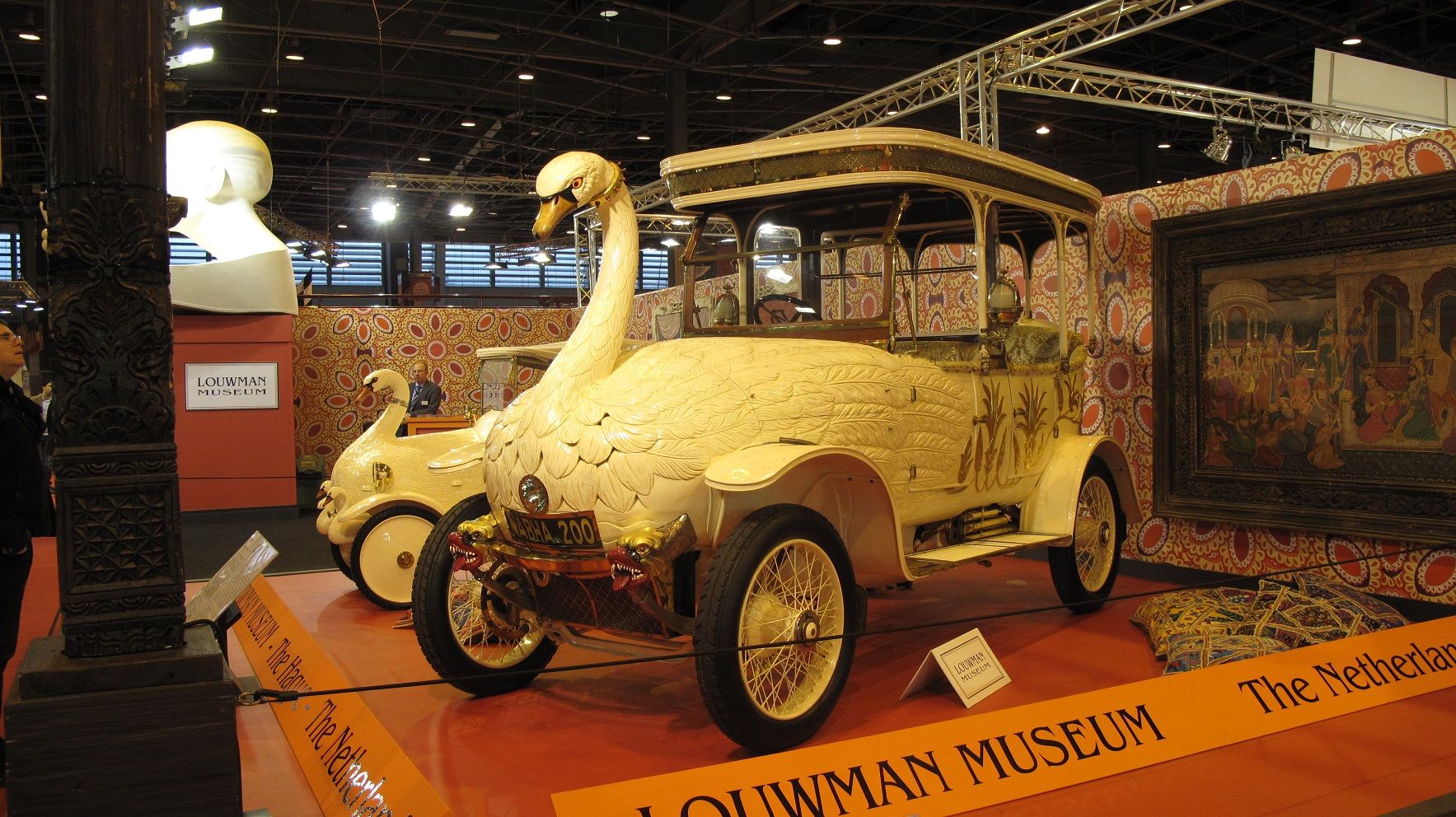
Thanks to certain escapades, Ripudaman Singh was forced to abdicate in 1928 in favour of his eldest son, Pratap Singh, then only nine years old. Pratap Singh Malvinder Bahadur was anointed the maharaja only in 1940, when he was 21 years old, and remained the ‘ruler’ of Nabha until it merged with independent India in 1948.
Although he was a pioneer in the historic vehicle movement in India, he did part with several of his cars, including the Swan Car, sometime in the late 1980s, and the Brooke, along with a couple of others (including the Cygnet, which is worth another separate article soon) that were spirited out of India (the ban on the export of cars has been on since 1972).
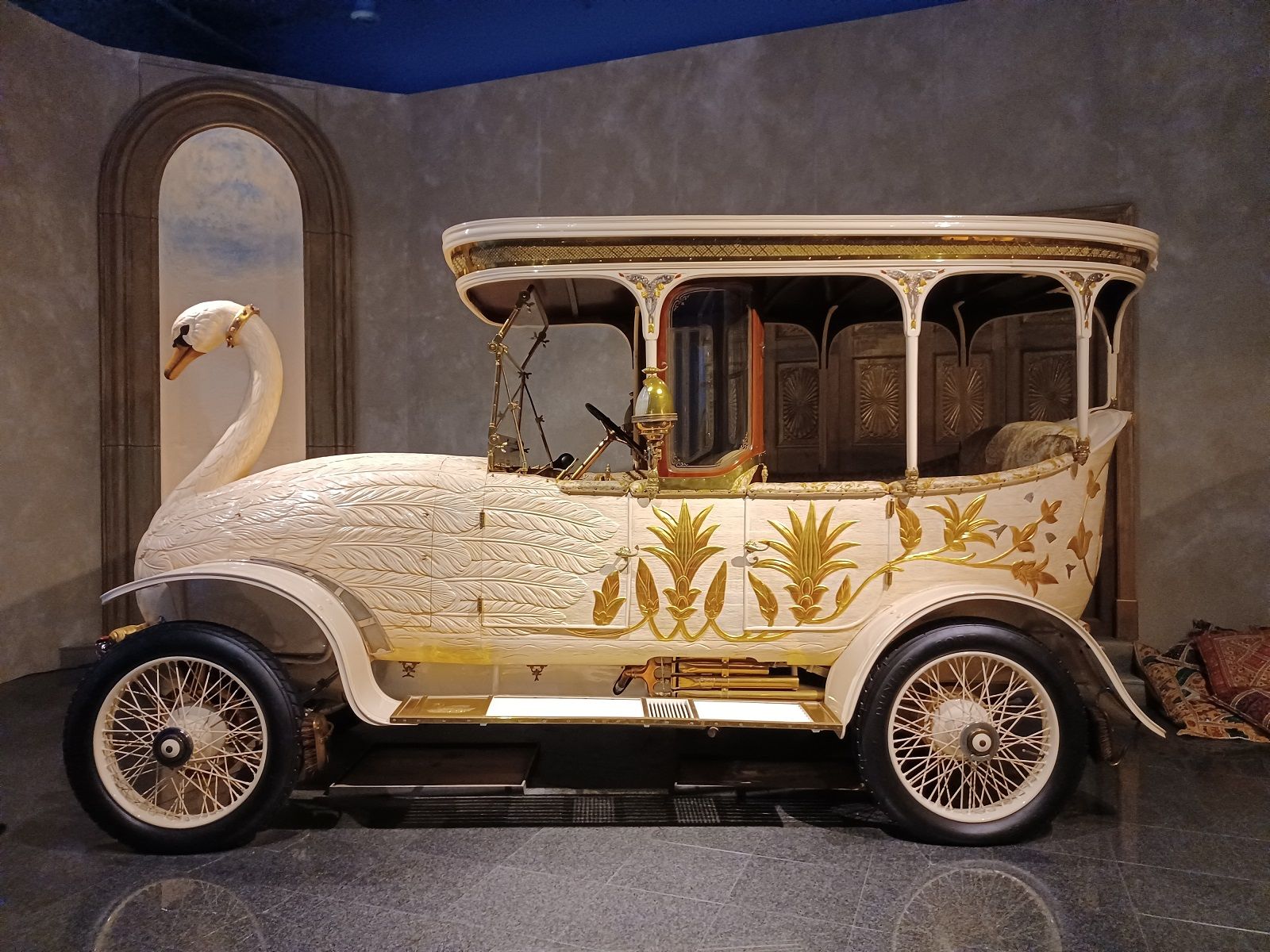
By then the Brooke was in poor, but original, condition. Its cloth-of-gold upholstery had been eaten by rats, the wood had rotted, and the engine had seized. After an extensive restoration by an English outfit, Prowess Racing, the Swan Car was eventually acquired by the Louwman Collection (now known as the Louwman Museum), based at The Hague, in 1991.
In 1993, the Swan Car was awarded the Montagu Prize at Pebble Beach. And once again, all of Scotty Matthewson’s practical jokes—the multi-note Gabriel Horn, the hot-water squirt, the whitewash dropper—have come back to life, all of which was on display when the Swan Car was back at Pebble Beach in 2012 for the Maharaja class.
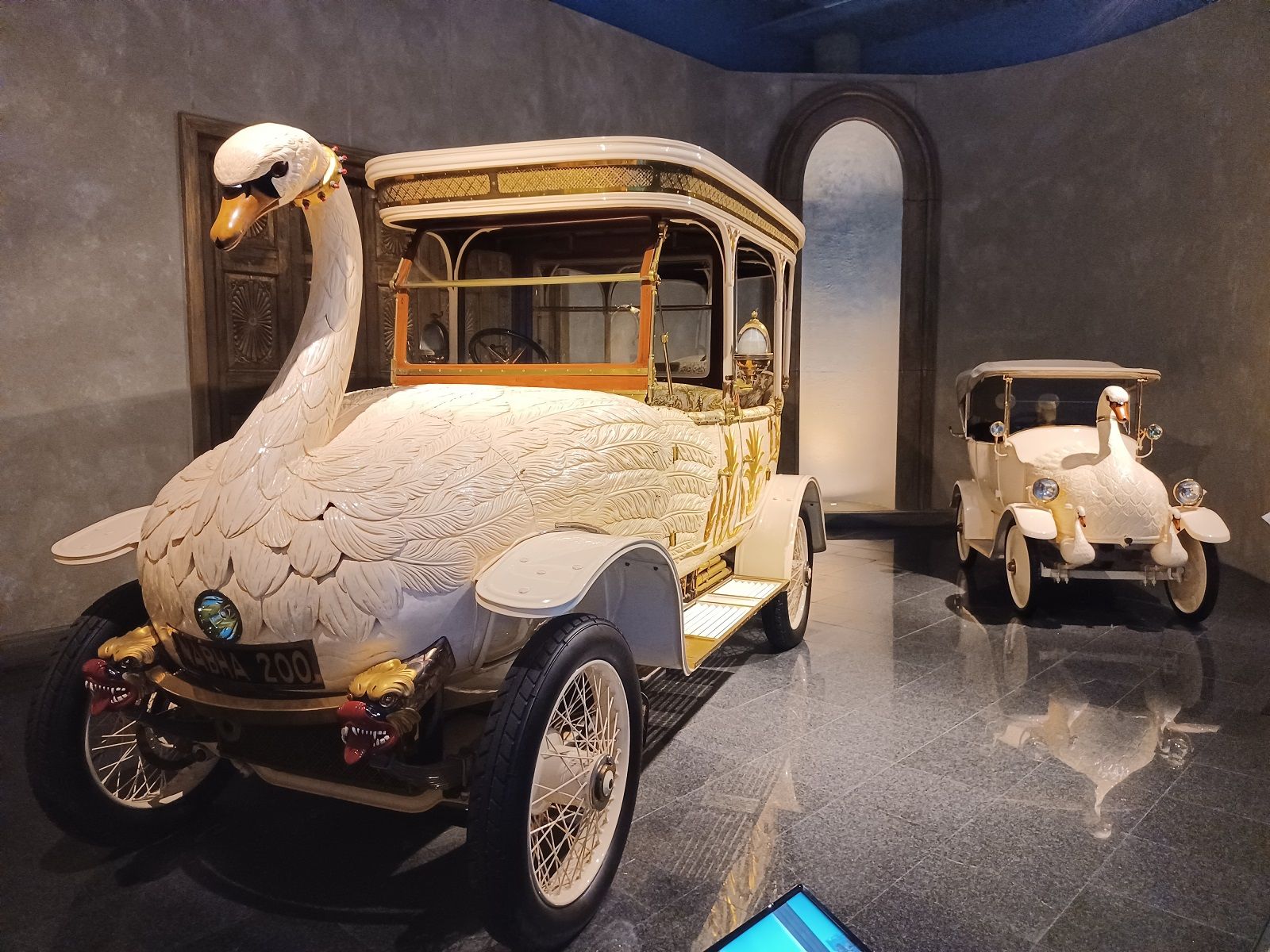
The Swan Car took centre stage once again in February 2014 at the Salon Rétromobile in Paris, for the special exhibition on the Cars of the Maharajas, where it starred amidst several amazing automobiles of Indian provenance.
Comments
Sign in or become a deRivaz & Ives member to join the conversation.
Just enter your email below to get a log in link.
